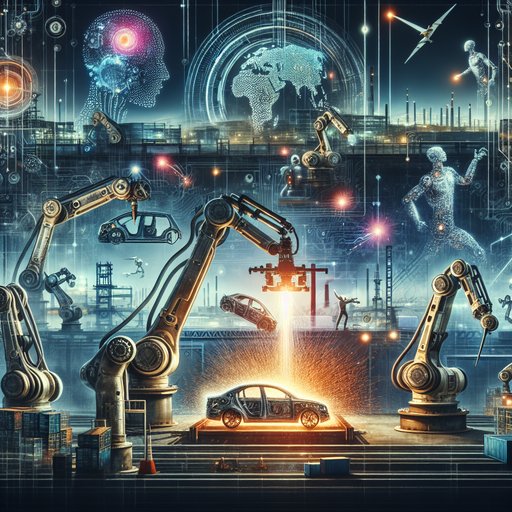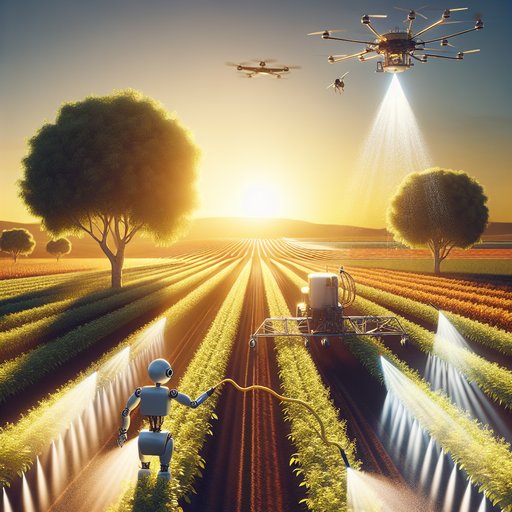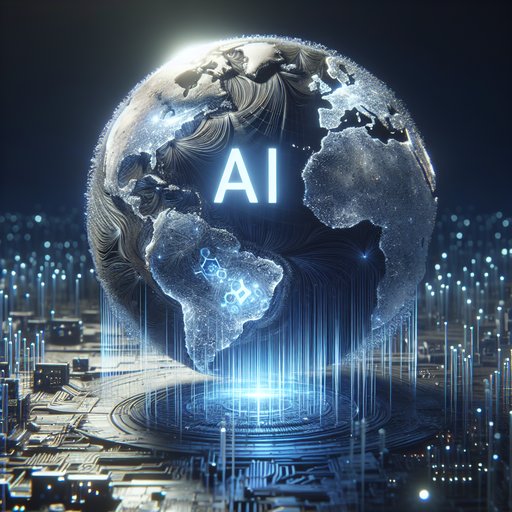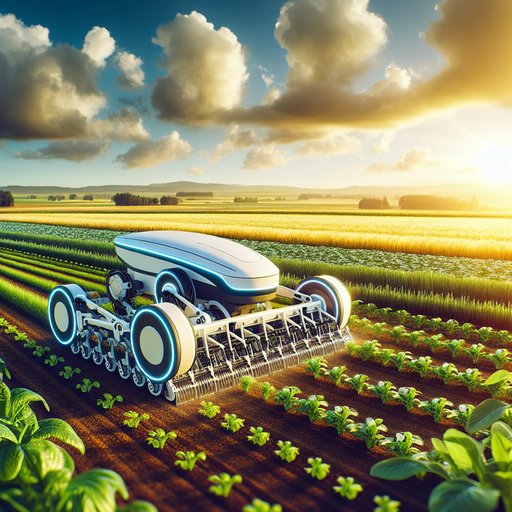
One arm lowers a spot welder with metronomic grace; another flips a chassis like a book. The choreography looks inevitable, but it was not. Industrial robots arrived awkwardly and then all at once, turning hazardous drudgery into programmable motion, stitching together supply chains, and redrawing the map of economic power. From the first steel limbs that braved heat and sparks to today’s sensor-packed collaborators that move among people, these machines have done more than raise productivity metrics. They have changed how factories think: about quality, about flexibility, about where to build and what to keep close. Their evolution is a story of gearboxes and code, but also of ambition and anxiety—the constant tug between speed and care, efficiency and dignity, global reach and local resilience.

Food security used to hinge on acreage, rainfall, and luck. Today it also depends on code. In fields that once only heard the rattle of diesel, camera-laden rovers move between rows, teasing weeds from crops with surgical sprays, while drones stitch mosaics of canopy health above them. The promise isn’t spectacle; it’s precision—less waste, fewer passes, smarter decisions. As climate volatility jolts planting calendars and labor shortages tighten harvest windows, autonomous robots and AI-driven precision agriculture step forward not as shiny distractions but as pragmatic tools. Their lineage reaches back to centuries-old inventions, yet their potential pushes us toward a new compact between farmer, machine, and soil—one where intelligence doesn’t replace stewardship, it amplifies it.

As artificial intelligence (AI) continues to permeate every facet of our lives, the ethical implications and policy challenges posed by this technology have become a global concern. The evolving landscape of AI ethics, policies, and regulation efforts is a complex tapestry, woven with threads of historical precedents, current debates, and future uncertainties.

As the world's population continues to grow, the demand for food is increasing at an unprecedented rate. Traditional farming methods are struggling to keep pace, and the need for innovative solutions has never been more urgent. Enter the era of autonomous farm robots and AI-driven precision agriculture—a technological revolution that could redefine our approach to food security and sustainability.











































